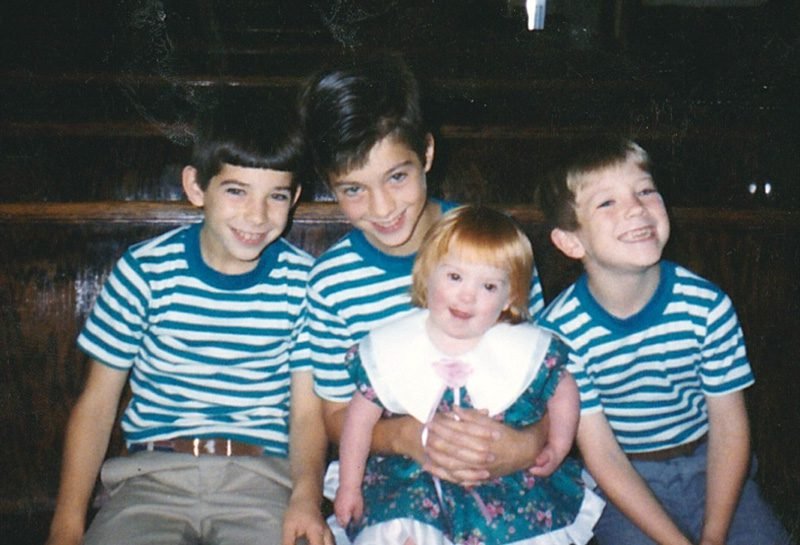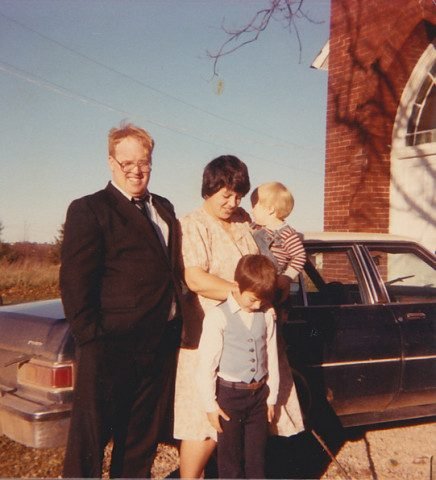
Every time I write a political post that is critical of disgraced ex-president Donald Trump or the present iteration of the Republican Party one or more commenters will object, saying “both sides do it,” or they will attempt to distract by trying to play “whataboutism.” The goal is to ignore/dismiss what I have said or paint me as some sort of hypocrite. Anything except interacting with what I actually wrote.
I make no apologies for the fact that I am a liberal, socialist, and pacifist. I don’t often write about my political beliefs, but that doesn’t mean I don’t have strong opinions and beliefs about all sorts of political, social, and religious beliefs. I am aware of the fact that when I write about politics, it often causes controversies. I have lost numerous readers over this or that political issue. Some people love my atheism, but hate my politics.
Yesterday, I wrote Letter to the Editor: Do Republicans Really Believe in Freedom and Liberty? Here’s what I had to say:
If rural Ohio Republicans were surveyed and asked if they believed in freedom and liberty for everyone, to the person they would say YES! However, words are cheap, and when we take a close look at Republican behavior and practices, we learn that they only believe in freedom and liberty for some people.
Most rural Ohioans voted for and currently support Donald Trump. They overwhelmingly voted for the disgraced ex-president in 2016 and 2020, and plan to do so again in 2024. Does Trump believe in freedom and liberty for everyone? Of course not. He routinely threatens people like me, calls for my arrest, and says that I should expelled from the country of my birth. Why? I have political and religious beliefs different from Trump and his MAGA followers. Evidently, freedom and liberty only apply to people who agree with Trump and the rhetoric of white Evangelical Christians. Everyone else is an enemy of God and state.
When local Republicans talk glowingly about their commitment to freedom and liberty, I don’t believe them. These same people are working diligently to undo the express will of the people as they try to neuter recently passed initiatives that legalize abortion and recreational cannabis. If Republicans truly believe in freedom and liberty, then they would accept the will of the people. Instead, both at state and local levels, Republicans are intent on forcing their moral beliefs on others.
Republicans want public school students to have freedom to attend release time programs such as Lifewise Academy — an Evangelical organization — yet when The Satanic Temple wants to sponsor a release time program, all of a sudden freedom only applies to Evangelical Christians. Everywhere we look, we see right-wing Republicans prosecuting the latest iteration of the culture war. For all their talk about freedom and liberty, Republicans deny that same right for everyone. Not for LGBTQ people, nor socialists, atheists, or humanists. Not for women seeking abortion care, nor people with moral beliefs different from the Christian majority.
I am in the minority when it comes to my political and religious beliefs. Even local Democrats distance themselves from me because I am a Democratic socialist, too liberal, or a godless heathen. That’s the price I pay for living in rural Ohio. That said, I demand and expect the same freedom and liberty as my Republican neighbors.
After reading my letter, several people commented and sent me messages that said there is “no difference between Republicans and Democrats.” Others played the “whataboutism” game, suggesting that Biden and the Democrats have done things just as bad as indicted Donald Trump and MAGA Republicans. Really? Do otherwise thoughtful, rational people really believe there is no difference between the Democrats and Republicans; that President Biden is just a bad Donald Trump?
Donald Trump is a fascist and authoritarian. In 2020, he tried to overthrow the government and remain in power. He is currently facing numerous criminal charges in three jurisdictions. If re-elected in 2024, Trump has made it clear that he intends to upend the federal government and the rule of law. Invoking the Insurrection Act, Trump intends to use the military to advance his domestic cause, which includes rounding up and incarcerating people such as myself. One need only look at Project 2025 to find out Trump’s intentions. Does anyone seriously believe there is no difference between Trump and Biden; that Trump is not a direct threat to the future and health of our Republic?
The Republican Party has, for the most part, been taken over by Donald Trump and MAGA zealots. Centrist Republicans have either given up or left the party altogether. Trump IS the Republican Party. Are you okay with that? Are you okay with a Party that is racist, misogynistic, and anti-LGBTQ? Are you okay with a Party that doesn’t give a shit about immigrants, pregnant women, children, or the poor? Shall I go on? Explain to me how one can be a Republican and a humanist. The Republican platform is antithetical to the humanist ideal.
That is not to say that the Democratic Party is without its own problems. That’s why I am no longer a Democrat, I may vote Democratic, but I am not a Democrat. I am not a supporter of Joe Biden, but when forced to choose between the most unfit man to ever be president and Joe Biden, I am going to choose Biden every time. I am a pragmatist, not an idealist, when it comes to politics. If other Democratic presidential candidates show themselves to be viable candidates, then it is likely I will vote for one of them. Biden wasn’t my first, second, or third choice in 2020 (and neither was Clinton in 2016), and he is most certainly not my choice today. However, we have a two-party system, so that means I will likely have to vote for Biden in 2024. The United States can survive another Biden presidency (provided he doesn’t drag us into a world war). It cannot survive another Trump presidency.
The same goes for Republicans at the state level. MAGA zealots have taken over virtually every state Republican party. Here in Ohio, a supermajority of Republicans rule the roost without any regard for the will of the people. Last month, Ohio voters overwhelmingly voted to legalize abortion and recreational marijuana use. Did Republicans respect the will of the people? Of course not. They are doing everything they can to neuter the abortion amendment and recreational marijuana initiative. These Republicans are Christian nationalists and fascists who are hell-bent on shaping Ohio according to the teachings of the Bible.
So, enough of this idea that there is no difference between Democrats and Republicans and between Biden and Trump. Instead of playing the “whataboutism” game, how about actually justifying the policies of Trump and the MAGA-controlled Republican Party? How about justifying why ANYONE would vote for Donald Trump (or Ron DeSantis)? I don’t see it. Hate Joe Biden? Fine, don’t vote for him. However, if you care about the future of our country, for the love of Loki, please don’t vote for Trump. He is not the lesser of two evils, he is evil, period.











